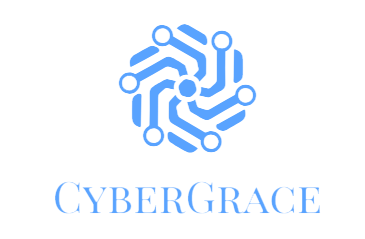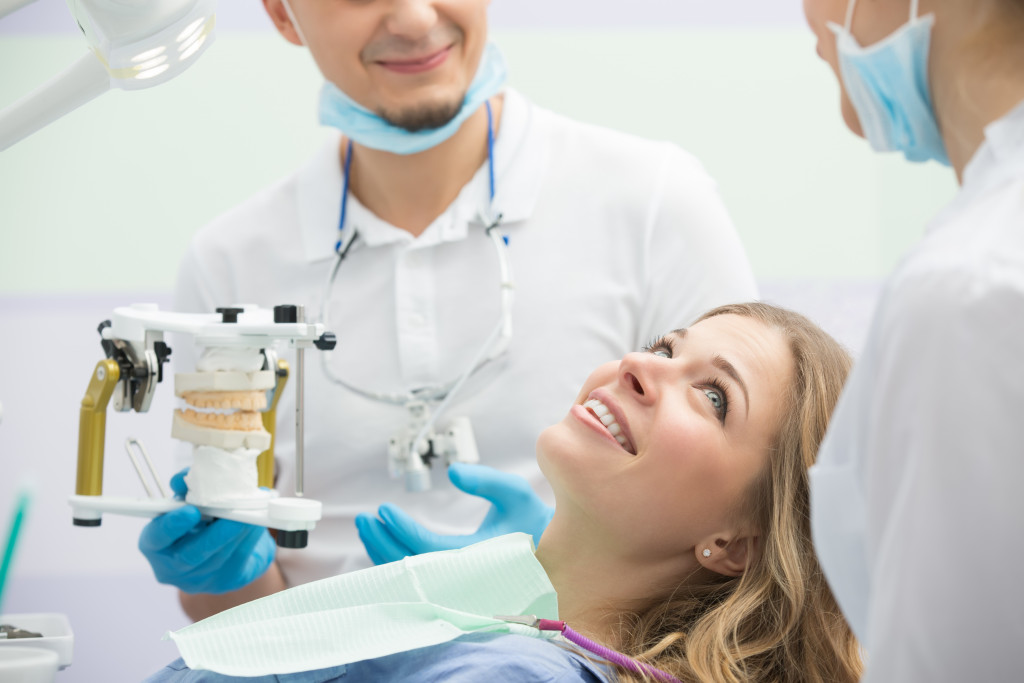Over the last decade, there have been significant advancements in dental technology. These new technologies are helping to improve the quality of care patients receive while also making it easier and more efficient for dentists to provide treatment.
While traditional methods and techniques are still used, modern dentistry is becoming increasingly advanced. These advancements make it easier for dentists to diagnose, treat, and prevent various dental issues.
From 3D imaging to chairside CAD/CAM systems, here’s a look at some of the latest advancements in dental technology and how they’re revolutionizing the field of dentistry.
3D Imaging Technology
With the help of 3D imaging technology, dental professionals have provided their patients’ with unprecedented levels of dental care and accuracy. This technology has revolutionized dental implants – rather than relying on dental impressions taken by hand, dental healthcare providers can now use 3D images to plan implant placement precisely.
This helps ensure dental implants are placed in the right area and angle right away, resulting in successful outcomes. 3D imaging also allows dental professionals to digitally create crowns, veneers, and dentures that fit perfectly alongside natural teeth, providing patients with more comprehensive treatments in a single appointment.
Intraoral Cameras
Intraoral cameras are a great innovation in the field of dentistry. These handheld devices allow dentists to take a close-up view of the inside of the mouth, which can help provide an accurate diagnosis. By providing more detail than traditional dental x-rays, these high-tech cameras often offer earlier detection of issues such as tooth decay and cracking.
As this technology continues to evolve, it is also becoming available during certain procedures. The patient has access to what the dentist sees, allowing for better patient education and improved feedback about any necessary treatments or guidelines that may have been recommended.
Chairside CAD/CAM Systems
Chairside CAD/CAM (Computer Aided Design / Computer Aided Manufacturing) systems are now being used by many dentists to create custom dental restorations quickly and efficiently. This technology allows dentists to scan a patient’s teeth, design a repair on a computer, then mill it out from a block of ceramic material right in their office—all within minutes!
This type of system eliminates the need for messy impressions and waiting days or weeks for restorations from an outside lab; instead, it provides fast and accurate results that can save time and money for both dentist and patient alike.
Laser Dentistry

Laser dentistry has revolutionized contemporary treatments, offering safe and accurate results with minimal discomfort. Laser technology makes procedures quick and efficient, as the laser can target or remove specific tissue with extraordinary precision. Laser dentistry is an excellent option for many common procedures, such as cavity removal, gum recontouring, and even teeth whitening.
With laser technology, patients may experience less bleeding and swelling in comparison to traditional dental tools. Additionally, lasers are extremely versatile, allowing for the treatment of a wide variety of issues within the mouth without surgical incisions or anesthetic injections.
Robotics and Automation
In the dental world, robotics and automation systems are becoming increasingly popular. The level of precision and accuracy that these tools offer has become an invaluable asset to both dentists and their patients. Robotic systems can identify potential dental issues such as cavities and gum disease, automate potentially hazardous activities like polishing teeth, and even assist dentists with more complex procedures such as filling cavities.
Automation systems also provide incredible flexibility in dental practices, allowing dentists to shift their focus on larger issues while machines take care of smaller micromanagement details.
Artificial Intelligence
Professionals in the dental field are continually exploring ways to improve patient care and accuracy while reducing the cost of visitations. One such development is using artificial intelligence (AI) in dentistry. AI has been used to recognize and predict potential issues, diagnose diseases, interpret images and even simulate procedures.
This technology can be used by both dentists and hygienists alike to provide targeted treatment for their patients. For example, AI can be applied to monitor x-rays for cavity detection or scan for oral cancer; it can also map bite patterns to create a customized treatment plan with 3D imagery. The use of AI allows dentists to quickly access and interpret relevant data from the past, present, and future with accuracy.
The Bottom Line
These are just some of the technological advances currently being used in modern dental offices that are revolutionizing how we practice dentistry. By providing faster, more accurate diagnoses; more precise treatments; and quicker turnaround times for laboratory work; these innovations are helping us deliver higher-quality care with greater efficiency than ever! By staying up-to-date on these latest developments, we can ensure our patients receive the best care every time they come into our office.

